COBS News archive
New Comet: C/2011 M1 (LINEAR)
June 27, 2011

Scientists Analyzs Nucleus of Comet Hartley 2
June 21, 2011

Science Paper Details NASA Epoxi Flyby of Hyper Comet
June 17, 2011

New Comet: C/2011 L4 (PANSTARRS)
June 10, 2011
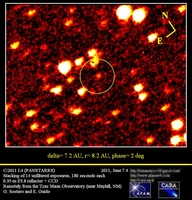
Rosetta Comet Probe Starts Years-Long Space Hibernation
June 09, 2011
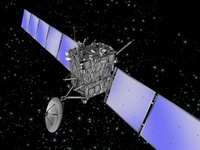
Great Comet of 1680
June 08, 2011
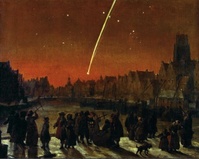
C/1680 V1, also called the Great Comet of 1680, Kirchs Comet, and Newtons Comet, has the distinction of being the first comet discovered by telescope. Discovered by Gottfried Kirch on 14 November 1680, New Style, it became one of the brightest comets of the 17th century (reputedly visible even in daytime) and was noted for its spectacularly long tail.
New Comet: C/2011 L3 (McNAUGHT)
June 08, 2011
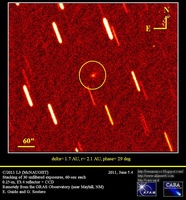
Outburst of 174P/Echeclus
June 03, 2011

New comet C/2011 K1 (Schwartz-Holvorcem)
June 01, 2011

New comet P/2011 JB15 (Spacewatch-Boattini)
June 01, 2011
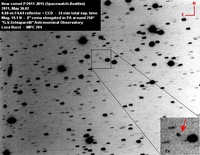
New Comet: C/2011 J3 (LINEAR)
May 25, 2011
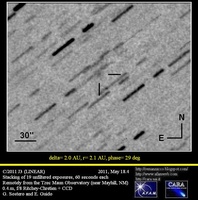
Researchers gain new insights into Comet Hartley 2
May 18, 2011
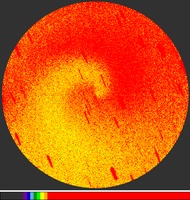
Bright Sungrazing Comet on May 10-11, 2011
May 17, 2011
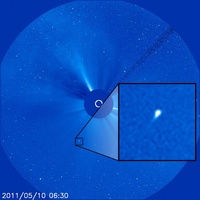
New Comet: C/2011 J2 (LINEAR)
May 12, 2011

New Comet: C/2011 H1 (Lemmon)
May 11, 2011

Comet Elenin: Preview of a Coming Attraction
May 05, 2011

You may have heard the news: Comet Elenin is coming to the inner-solar system this fall. Comet Elenin (also known by its astronomical name C/2010 X1), was first detected on Dec. 10, 2010 by Leonid Elenin, an observer in Lyubertsy, Russia, who made the discovery remotely using the ISON-NM observatory near Mayhill, New Mexico.
C/2011 C1 (McNaught)
April 20, 2011

Frozen Comets Watery Past: Discovery Challenges Paradigm of Comets as Dirty Snowballs Frozen in Time
April 07, 2011

NASAs Venerable Comet Hunter Wraps Up Mission
March 25, 2011
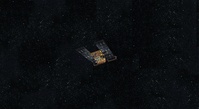
At 33 minutes after 4 p.m. PDT today, NASAs Stardust spacecraft finished its last transmission to Earth. The transmission came on the heels of the venerable spacecrafts final rocket burn, which was designed to provide insight into how much fuel remained aboard after its encounter with comet Tempel 1 in February.
NASA Releases Images of Man-Made Crater on Comet
February 16, 2011
